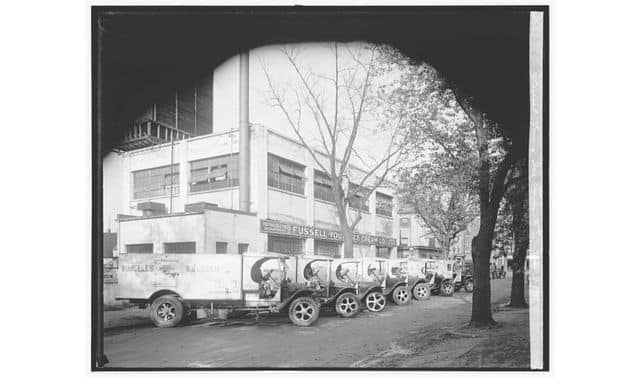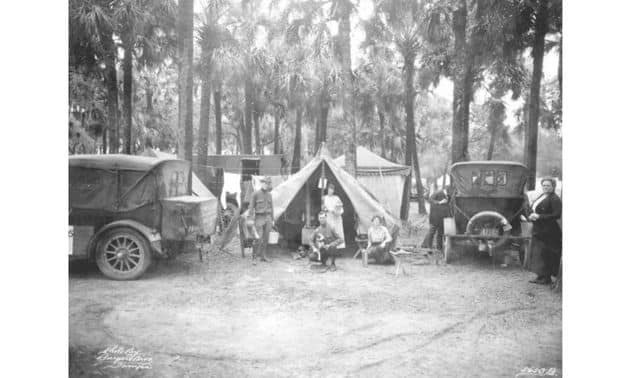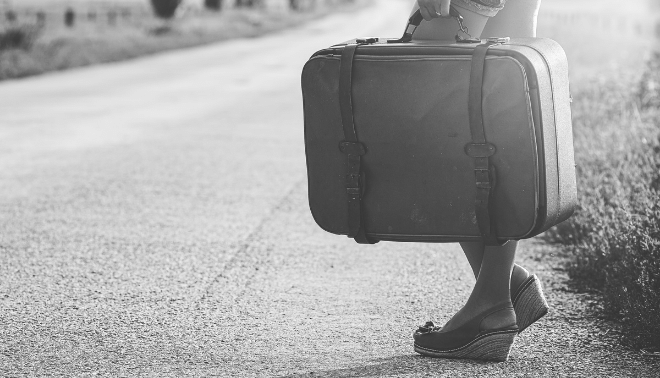Sign up for the Family Tree Newsletter Plus, you’ll receive our 10 Essential Genealogy Research Forms PDF as a special thank you!
Get Your Free Genealogy Forms
"*" indicates required fields
Some things never seem to change, and that especially feels true around the summer! Our American ancestors have been actively looking for ways to indulge in the season’s leisure time and treats since the 19th century, but why?
Although many believe the history of summer vacation stems from an agricultural heritage, the main reason is not so clear-cut. College of Staten Island/CUNY Dean Kenneth Gold posits in his Washington Post article that the calendar for school systems varied greatly from area to area. As school officials were looking to standardize a school year across the board, they noticed a large drop in attendance in the summer months. This was due, in part, to those in rural areas needing to help their families with farm duties (as has long been believed).

The other reason, however, was the mass exodus from the cities that occurred each year during June, July, and August. Hoping to escape the oppressive heat (and one would assume, the smells) that come from close-quarter living, families would flock in droves to seaside getaways, parks and mountain retreats.
After much debate, a school summer session was deemed unnecessary. (Hooray!) And because so many were out and about enjoying the ambiance and cooler breezes at these locations, meals relaxed as well. Eat-and-stroll fare such as hot dogs and ice cream became wildly popular, and thus synonymous with summer.
Here are some facts about summer vacation that may explain how your great grandparents enjoyed those sun-filled days:
1. Adventure to a National Park
Sprawling across three states (Wyoming, Idaho and Montana), Yellow National Park is considered the place to go if you want watch the buffalo roam and see Old Faithful sputter dramatically. It turns out not much has changed. In fact, there were 5,438 Visitors to Yellowstone National Park in 1895.
2. Enjoy an Ice Cream Cone
If you love nothing more than strolling into a cool ice cream parlor for your favor chilly treat on a sweltering July day, you can thank Jacob Fussell for that. Thanks to this Baltimore milk dealer, ice cream has been commercially available in the US for over 170 years!

3. Snack on a Fresh Frankfurter
Nothing quite says summer like a juicy hot dog pillowed on a fluffy bun and overflowing with your favorite toppings. Hot dogs have been a summer hit for generations, as illustrated by the success of the famous Coney Island hot dog. In 1871, the German immigrant Charles Feltman’s Coney Island hot dog stand sold 3,684 hot dogs.
4. Escape to the Great Outdoors
Perhaps there is no better summer feeling than being surrounded by towering trees and cheery birdsong from every direction. At night, you slip into your tent and take in the noise of nature––but not before you look up to a clear night sky speckled with stars. In 1921, 9 million Americans went “autocamping” to escape from the bustle of everyday life.

5. Sip Some Ice, Cold Lemonade
Lemonade is the optimal summer thirst quencher. It also happened to be a popular Coney Island treat along with those famous hot dogs. Dutch immigrant Edward Bok charged Coney Island travelers (stopping in Brooklyn) 3 cents for a glass of lemonade in the 1870s.
A version of this article originally appeared in the July 2008 issue of Family Tree Magazine.
Related Reads
ADVERTISEMENT








